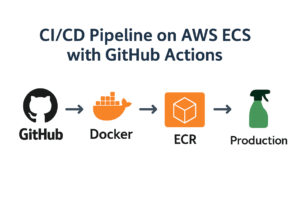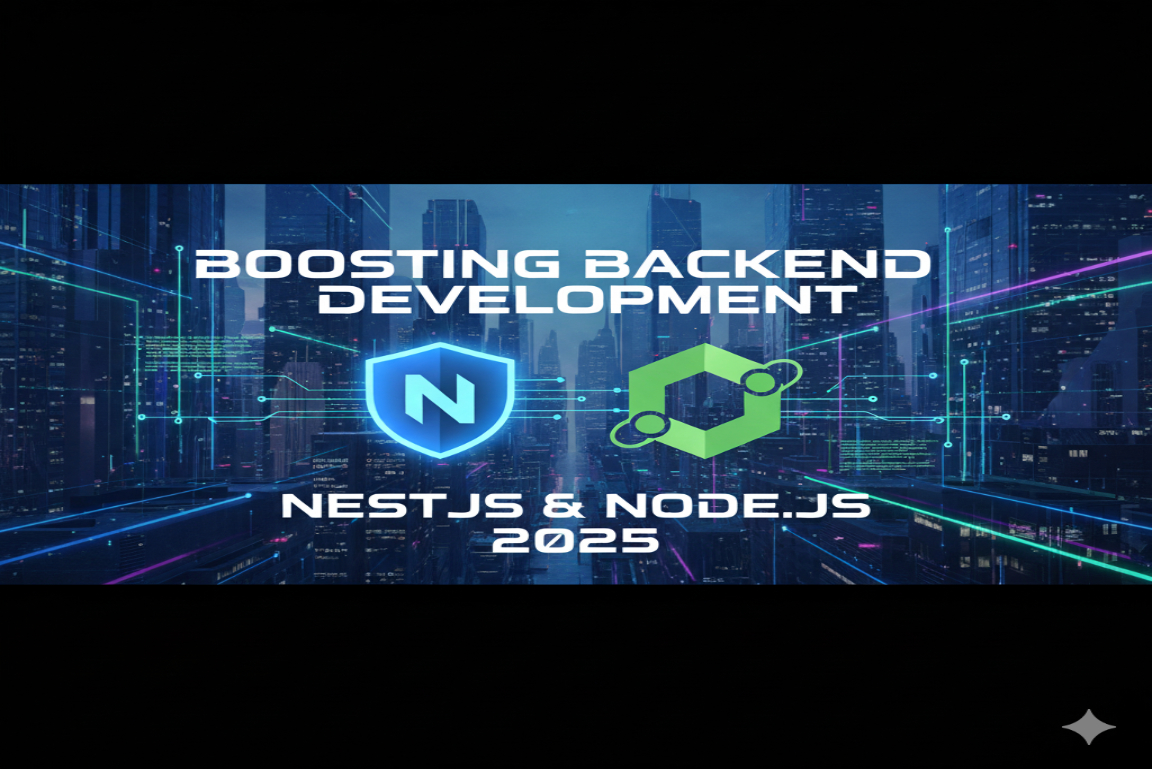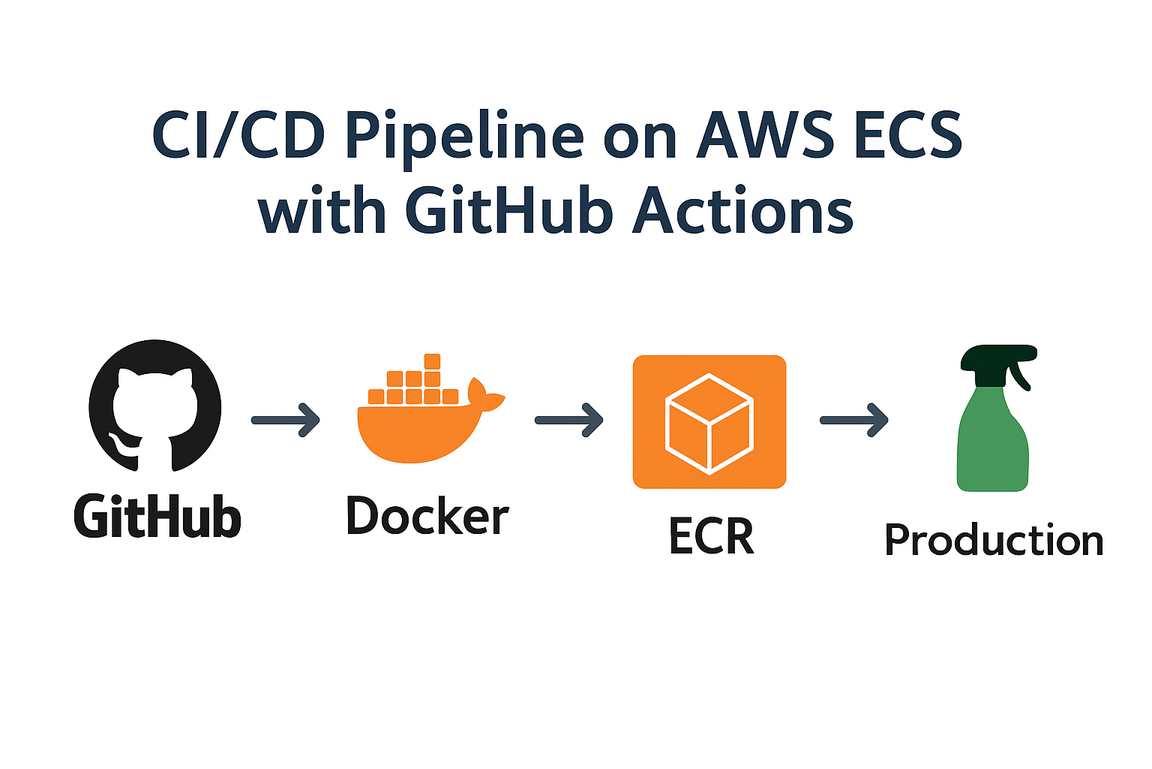How Layer 2 Solutions Are Making Ethereum Faster and Cheaper
How Layer 2 Solutions Are Making Ethereum Faster and Cheaper Afzal Khan 8 October, 2025 Ethereum revolutionized blockchain by enabling smart contracts, but its popularity also led to high gas fees and slower transactions. This is where Layer 2 solutions come in — scaling Ethereum without compromising its security or decentralization. What Are Layer 2 […]

.webp)
 In this blog, we’ll explore how to make this dream setup a reality, while following production-ready best practices.
In this blog, we’ll explore how to make this dream setup a reality, while following production-ready best practices.

